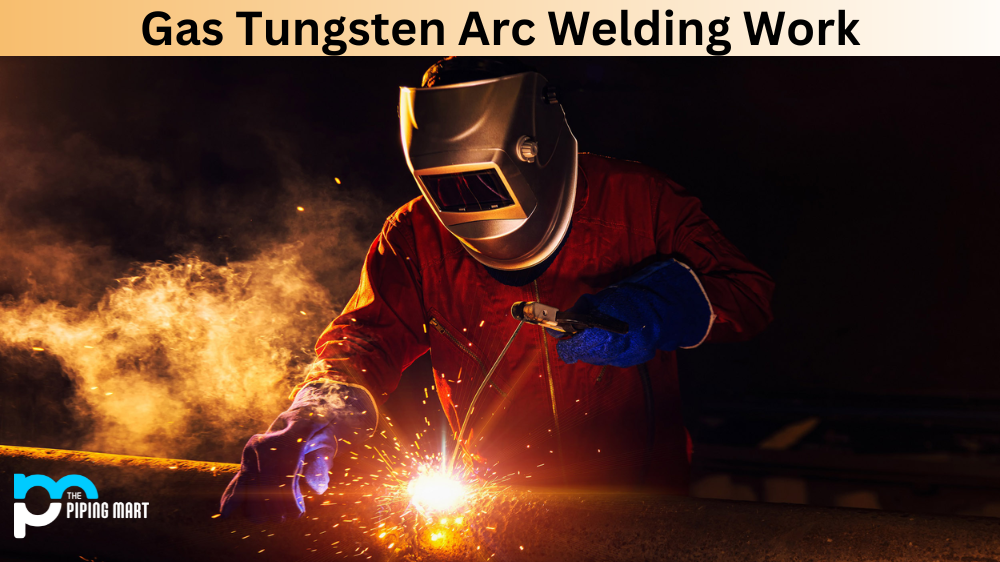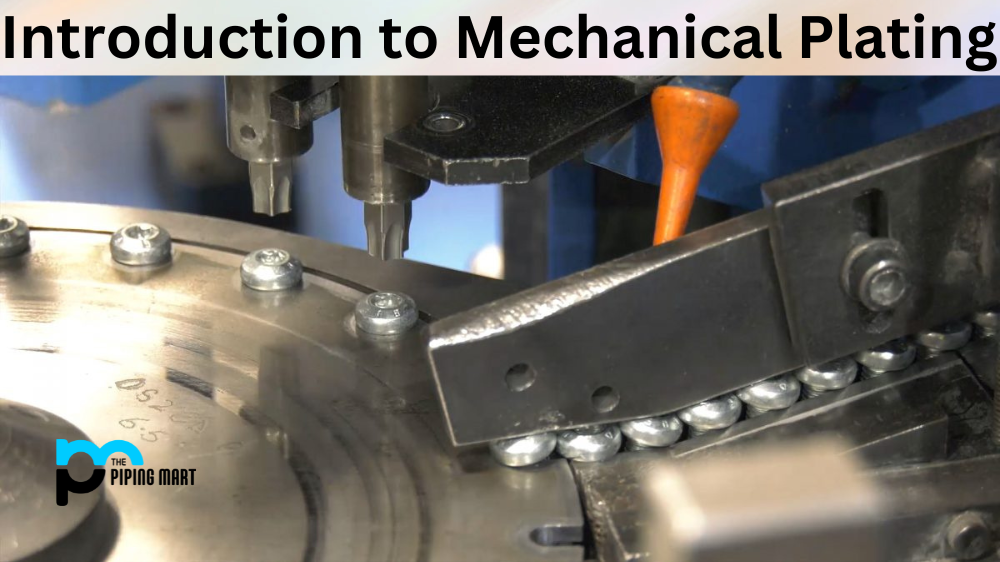Gas tungsten arc welding, or GTAW for short, is a welding process that uses a non-consumable tungsten electrode to produce a weld. Also known as TIG welding, GTAW is a popular welding technique commonly used in manufacturing, construction, and automotive industries. This blog post will closely examine how gas tungsten arc welding works and provide a step-by-step guide.
Step 1: Preparation
Before you begin gas tungsten arc welding, your workpiece needs to be cleaned and free of any contaminants that could affect the welding process. Using a wire brush or grinder, thoroughly clean the surface of your workpiece to remove any rust, oil, or other debris. This ensures that your welding material has the best chance of bonding strongly with the metal.
Step 2: Setting up the Welding Machine
Once your workpiece is cleaned, ensure you use a welding machine compatible with gas tungsten arc welding. The welding machine should have adjustable amperage and voltage settings to ensure you have the right power to weld your material efficiently. A gas regulator should also be installed so that the welding machine can use a shielding gas to protect the weld from contaminants.
Step 3: Selecting and Preparing the Welding Rod
In gas tungsten arc welding, the electrode is the welding rod. The welding rod should be made from the same material as the workpiece. To ensure a precise arc, you must sharpen the tungsten electrode to a fine point. To avoid confusion, the electrode should be labelled according to your welding machine settings.
Step 4: Welding Technique
After preparing the welding machine, it’s time to start welding. The tungsten electrode should be brought close to the workpiece until it barely touches. This creates an arc between the electrode and the material, and the welding begins. Moving the electrode requires adding filler material using your non-dominant hand to create the weld.
Step 5: Completing the Weld
Once you’ve completed welding, let the welded material cool down before doing anything further. Refrain from blowing on the weld, as this can cause it to warp or crack. Finally, inspect the weld by looking at its surface and checking for cracks or inclusions. If none exist, you’ve completed the gas tungsten arc welding process!
Conclusion
Gas tungsten arc welding is a popular choice for precise, high-quality welding. Whether used in manufacturing, construction, or automotive industries, GTAW produces a clean, professional weld. Following the step-by-step guide in this blog post and taking the necessary precautions, you can perform gas tungsten arc welding independently. With the right equipment and know-how, your next welding project will succeed!

A passionate metal industry expert and blogger. With over 5 years of experience in the field, Palak brings a wealth of knowledge and insight to her writing. Whether discussing the latest trends in the metal industry or sharing tips, she is dedicated to helping others succeed in the metal industry.




